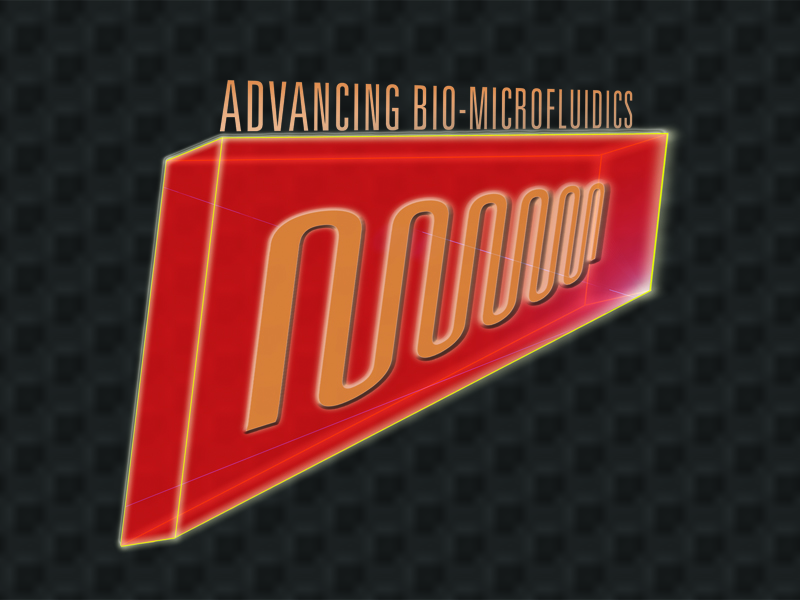“Plant disease is not a field that is well-studied, particularly among engineers,” Santosh Pandey says. “There’s this whole mystery with what goes on with the roots.”

Pandey, assistant professor in Iowa State University’s Department of Electrical and Computer Engineering, is studying the impact of pathogens on plant roots. He also has a courtesy appointment in Agricultural and Biosystems Engineering Department. His research, funded by a National Science Foundation CAREER Award, involves studying the interactions of pathogens with plant roots at the microscale level. This research could potentially lead to new methods for fighting plant disease and infection.
“When crops are grown in the field, it is very hard to know when they start getting infected,” Pandey says. “You don’t know when a plant is infected until it’s already too late. There’s no way to see how pathogens penetrate the root, or even find it in the first place. There is no visual way of knowing anything related to root infection at real-time, especially in farmlands. We are making a visual, two-dimensional microscale platform to observe and characterize root infection in a laboratory setting.”
Pandey is taking a model plant system – a plant whose genome is sequenced, in this case Arabidopsis – and growing it in microfluidic chips. These chips allow the Arabidopsis plant to grow in a transparent, controlled environment and its roots to grow along clear microchannels. The chips give researchers control over what the plants are exposed to, and allow them to visually see how roots react to pathogen invasion.“A computer chip, for example, has a flow of electrons between selected electrodes that take data from one system module to the other,” Pandey says. “In this case, rather than the flow of electrons, it is the visual flow of plant nutrients, auxin, for example, at a very small level. By utilizing microfluidic chips, we have a visual way of seeing how nutrient flow is modulated when pathogens attack the roots.”
With this bio-microfluidic approach, Pandey has created a Plant-in-a-Chip system where he can manage and control fluid flow at microscale levels. In his experiments, Pandey observes the reactions of plant roots as they are exposed to nematodes over the course of several days. The invasive organisms establish a parasite-host relationship with the live roots, resulting in a number of visual changes in root cells. With his Plant-in-a-Chip platform, Pandey is able to visually observe the root-pathogen interactions and chart how both the roots and the pathogens react to one another.
“If I have a colony of pathogens that establishes a cozy microcosm with the host roots,” Pandey begins, “how can I disrupt or alter this host-pathogen relation? We will investigate chemical and electrical modulation schemes and develop the best recipe of external stimuli that will kill the pathogens and also help the plant survive this pathogenic invasion. Obviously, a high-throughput platform is needed to test multiple combinations of external stimuli.”
Pandey envisions a practical use for his Plant-in-a-Chip system right away.
“If you want to develop new pesticides, you can test them first in small microfluidic chambers on a model plant system rather than dispersing them in the farmlands,” he says.
He cautions, however, that his research will not provide a one-size-fits-all solution.
“Pathogens are very specific and evolving all the time,” he says. “There’s a lot to be done. The specificity and selectivity of pathogens are multi-faceted. The types of plant diseases we encounter in Iowa are different from those encountered in China, Africa, or South America. Above all, the success of such a multidisciplinary project requires close collaborations with Iowa State biologists. Fortunately our campus has several renowned plant and animal scientists who have helped us in this direction.”
The research is still in its early phases, but Pandey doesn’t hesitate to say where he wants it to end up.
“The dream would be to have a rapid diagnosis technology wherein, for a given pathogen under test, you can quickly diagnose the plant ailment and prescribe the best treatment alternatives, just as in humans.”
